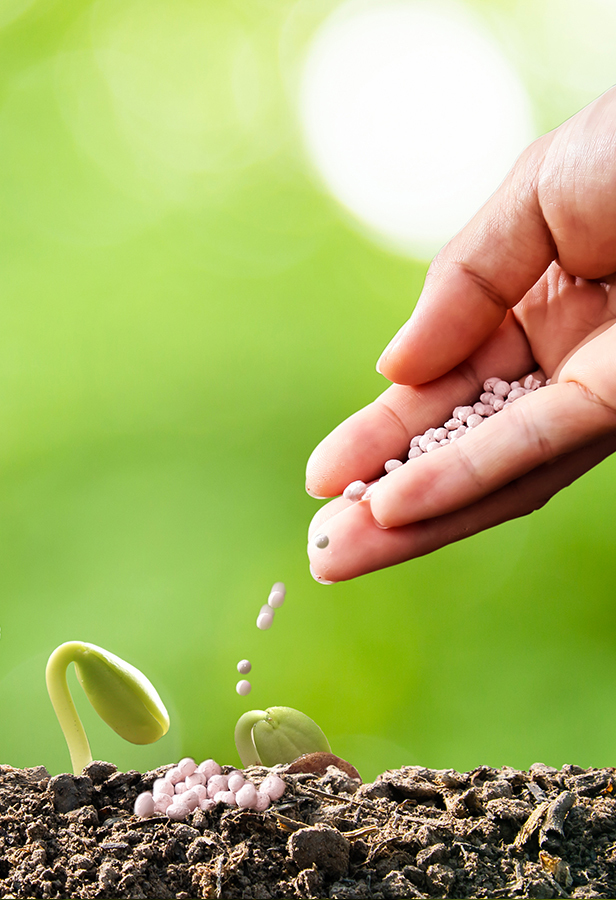Determination of soil PH

Determination of soil PH
The first step towards determining the application rate of lime is a soil pH test. There are many low priced measuring devices available on the market, but most often they do not produce satisfactory results. Higher-price equipment helps to determine the acidity of soil much better, however, this result may also be incorrect. The most reliable and proven method of soil pH testing is to use the services of the District Chemical-Agricultural Station. This allows to precisely estimate the content of soil and as a result, the needs of plants. The testing does not require much commitment on the part of the grower, as it is sufficient to test the soil every 4 to 5 years. The sample submitted to the Chemical-Agricultural Station should weigh about 0.5 kg and meet the relevant requirements.
The premise indicating an acidic reaction of the soil may be the population of weeds growing on cultivated soil. Particularly noteworthy is the presence of vegetation, characterized by the presence on acidic and very acidic soils. Examples of such plants are field sorrel, hairy crabgrass, wild radish or corn spurrey. The occurrence of one of these weeds is a clear sign that the soil needs to be fertilised with lime.





